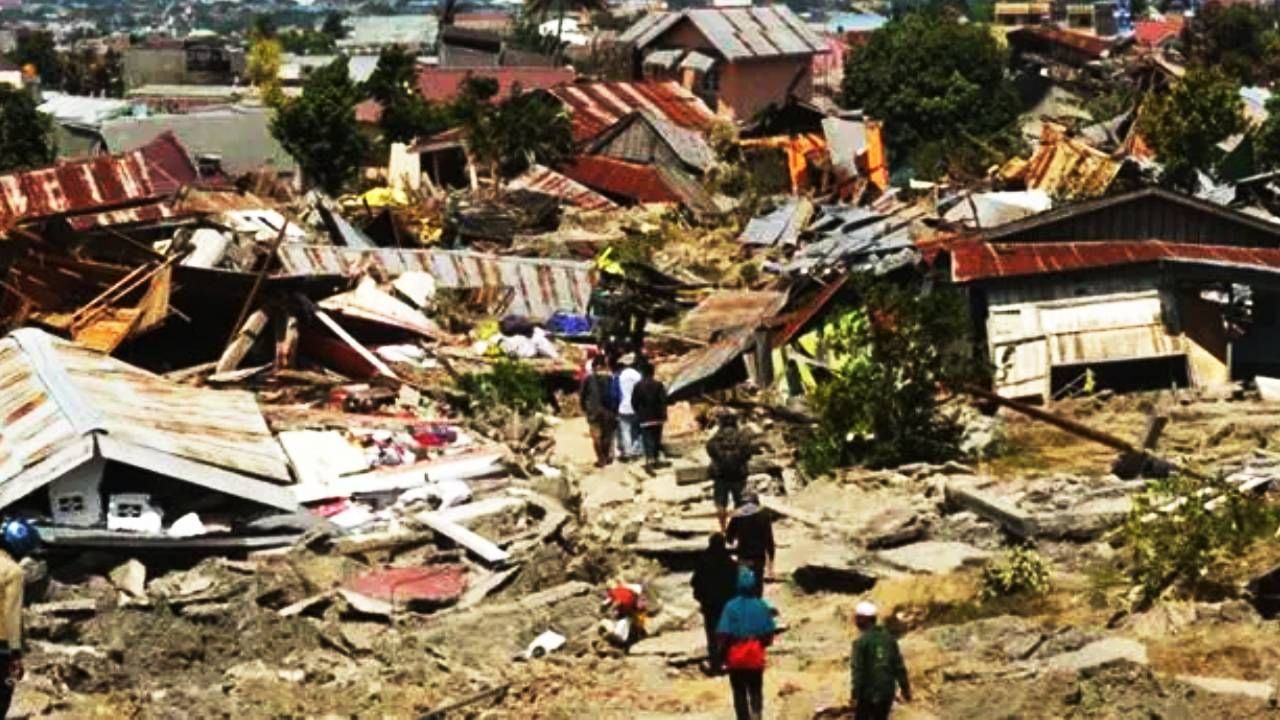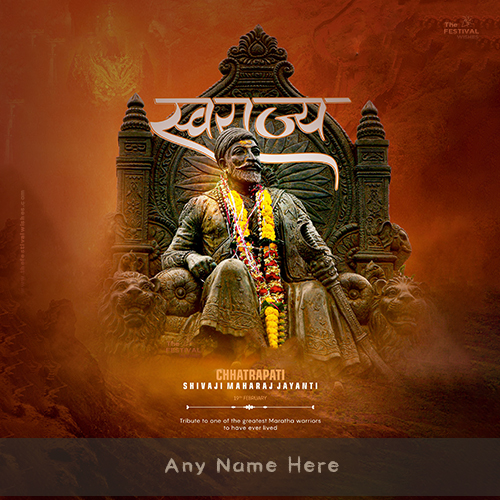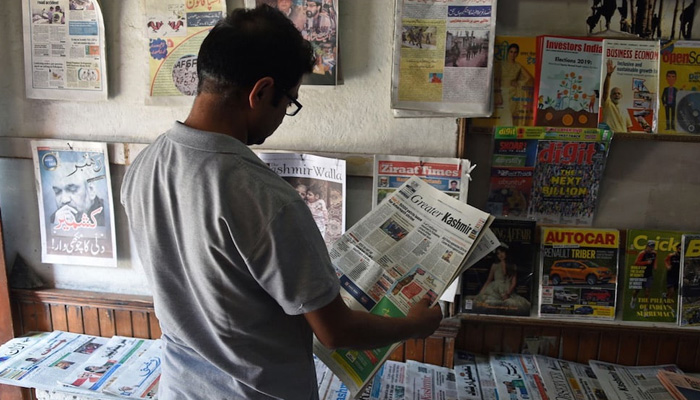


As one of India's most populated and important cities, Delhi is facing a major threat in the form of earthquakes. Located in Seismic Zone IV, multiple local fault lines, and its proximity to the Himalayas make the city especially vulnerable. With many new high-rise buildings and non-earthquake resistant structures, areas like Gurugram and Yamuna flood plains are at high risk. In just six months of 2020, 135 tremors were recorded, indicating increasing seismic stress. Experts warn that given Delhi's alluvial soil composition, a large quake is not a matter of "if" but "when," making preparedness crucial for the safety of its residents.
Delhi: A Seismic Zone Under Threat
Background
Delhi, one of India's most populous and significant cities, lies in a region of high seismic vulnerability. Located in Seismic Zone IV, it is cut by several local fault lines and is situated near the geologically active Himalayas. These factors make the city particularly susceptible to earthquakes.
Seismic Concerns
The seismic history of Delhi is concerning. In 1960, a moderate earthquake measuring 5.8 on the Richter scale caused considerable damage to the city. In recent years, seismic activity has increased, with 135 tremors recorded in the first half of 2020 alone. Experts warn that the composition of Delhi's soil, which is primarily alluvial, amplifies the impact of earthquakes, increasing the risk of widespread damage and casualties.
High-Risk Areas
Specific areas of Delhi are at heightened risk due to their geological characteristics and the presence of vulnerable structures. Gurugram, located on the outskirts of the city, is situated on the Yamuna River's flood plains and has a large number of high-rise buildings. The Yamuna flood plains, in general, are known to amplify seismic waves, increasing the potential for damage.
Vulnerability and Mitigation
Many buildings in Delhi, both old and new, were not constructed with earthquake-resistant features. This vulnerability, combined with the increasing population density, poses a significant risk to the city's residents. The Delhi government has taken steps to address this issue by implementing building codes and promoting seismic safety measures.
Top 5 FAQs and Answers
1. When is a large earthquake expected to hit Delhi?
Experts agree that it is not a matter of "if" but "when" a large earthquake will strike Delhi. The exact timing is unpredictable, but the seismic stress is building, indicating the likelihood of a major event in the near future.
2. What are the most vulnerable areas of Delhi to earthquakes?
Gurugram, Yamuna flood plains, and central Delhi are among the most high-risk areas due to their proximity to fault lines, soil composition, and the presence of vulnerable structures.
3. What measures are being taken to mitigate the impact of earthquakes in Delhi?
The Delhi government is implementing building codes that require earthquake-resistant construction, promoting seismic safety awareness campaigns, and upgrading critical infrastructure.
4. What can individuals do to prepare for earthquakes?
Individuals can take precautionary measures such as: securing furniture and fixtures, making emergency plans, having a first-aid kit and essential supplies, and familiarizing themselves with evacuation procedures.
5. What lessons can be learned from past earthquakes in Delhi?
The 1960 Delhi earthquake provides valuable insights into the impact of seismic events on the city. It highlighted the importance of earthquake-resistant construction, seismic safety awareness, and emergency preparedness.

The Bushbuckridge community is being asked to assist the police in locating Tumelo Malope (35), who has been missing since February 6. According to a police spokesperson, Malope had informed a friend that he was going on a business trip to eSwatini, but did not mention who he was travelling with. His family reported him missing on February 16 and anyone with information is urged to contact the authorities.

Keep up with the latest books, cinema, health, technology, science, and world affairs news all on one platform. With a focus on Indian perspectives, The Hindu e-Paper offers daily highlights from Karnataka, weekly science updates and analysis, Decoding the headlines using statistics and figures, and news and reviews from the world of cinema and streaming. Stay informed and entertained with The Hindu's e-Paper.

To commemorate the official recognition of certain Northeastern states in the Indian Union, banks in Arunachal Pradesh and Mizoram will be closed on February 20, their respective statehood day. While physical branches will remain shut, customers can still carry out online banking transactions and services. This has been mandated by the Reserve Bank of India and will affect scheduled commercial banks, cooperative banks, and regional rural banks.

Title: "Delhi activist calls for new leader to address city's issues" Delhi resident and activist Navin Yadav criticizes the current government's lack of accountability and development in the capital. In an exclusive interview, he highlights the need for a new, honest leader who prioritizes the needs of the people. Yadav's comments come amid speculation of the BJP selecting a new Chief Minister from the Baniya community.

As Maharashtra observes a public holiday for Chhatrapati Shivaji Maharaj Jayanti, Mumbai will host cultural events to honor the birth anniversary of the founder of Maratha empire and warrior king. While transportation services remain normal, government offices in the state capital will remain closed. Swipe left to see the celebrations and learn more about the legacy of Chhatrapati Shivaji Maharaj.

As the world celebrates Chhatrapati Shivaji Maharaj's 395th birth anniversary, it's more than just a festival in Maharashtra. This day is a tribute to a leader who embodied bravery, justice, and self-rule. Through parades, cultural events, and conversations, Shivaji's legacy continues to inspire generations and remind us of the values of independence, justice, and patriotism.

Get your daily dose of news highlights from Karnataka with Karnataka Today! Stay on top of the latest technology trends and developments with Today's Cache. Learn the latest health tips and tricks from Ramya Kannan in Health Matters. Get a unique Indian perspective on world affairs with The View From India. Discover the latest books, reviews, and features in The Hindu On Books. Decode the headlines with facts and figures in Data Point. And for all our science lovers out there, don't miss Science For All, your go-to source for understanding complex scientific concepts in a fun and easy way. Plus, don't forget to catch the latest news and reviews from the world of cinema and streaming in First Day First Show. All this and more in today's edition of the e-Paper!

West Bengal Chief Minister Mamata Banerjee slammed the BJP-led Uttar Pradesh government for their poor planning and mismanagement at the Maha Kumbh, which she referred to as "Mrityu Kumbh". Banerjee also highlighted the lack of proper arrangements for the poor at the holy gathering and criticized the VIP culture. She also stressed the need for better planning and management at large religious gatherings to ensure public safety. The upcoming match between Gujarat Giants and Mumbai Indians in the WPL 2025 will see Giants hoping to capitalize on Mumbai's recent loss to Delhi Capitals.

Chenab Times, a Kashmiri language news outlet, has filed a grievance with X India after its newly launched Twitter account was suspended without explanation. This incident highlights the challenges faced by regional media outlets in maintaining autonomy and access to platforms. The organization's appeal for the restoration of the account, which provides news updates in Kashmiri, raises questions about X's policies on inauthentic accounts and their impact on independent journalism. The delay in addressing appeals has significantly affected the outlet's operations, reliant on social media for reaching audiences and generating revenue.

The struggle to find peace and serenity in a chaotic and commodified society is a shared experience amongst all humans, regardless of social status. This is exemplified by the writings of famous figures such as Pyotr Tchaikovsky and Lao Tzu, who both sought to find inner calm amidst turmoil. With a little understanding and empathy, we can find connections with our neighbors, like Dan, and dance to the same beat, bringing us closer to finding tranquility in a chaotic world.